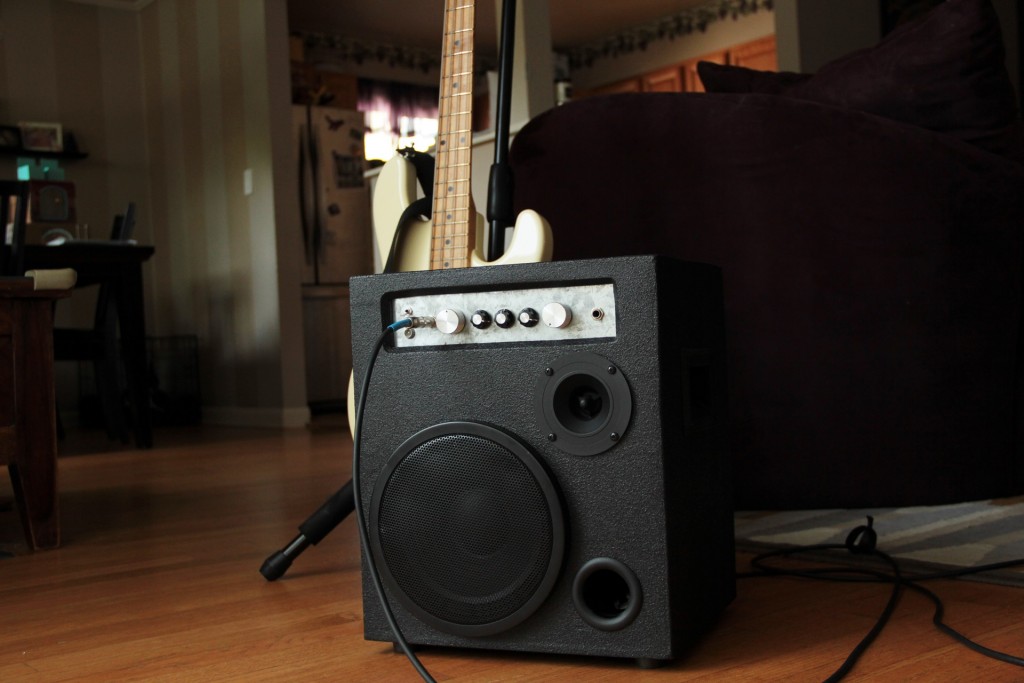
PPA100
Designer:
Wogg
Project Category:
Guitar and Bass Speakers
Project Level:
Advanced
Project Time:
8-20 Hours
Project Cost:
$100 – $500
Project Description:
A Portable Practice Amplifier for bass guitar, designed to have a far more accurate frequency response than the typical commercial offerings. This design goal makes it suitable for a mono music blaster, a keyboard amplifier, or whatever needs loud, clean and portable sound near an AC power outlet.
The speaker portion is probably more of a beginner / intermediate skill level, however the accompanying electronics are quite advanced for DIY.
The electronics were designed long ago, and will not be documented here in detail, however they are based on National Semiconductor applications manuals and include the appropriate gain blocks and a 3 way shelving tone control. This old project was updated with a properly designed speaker, a new custom active filter setup, and a PBTL amplifier board to make the most out of the existing power supply.
Design Goals:
High sensitivity and flat response utilizing the cabinet space available in a 2 way speaker with 8″ woofer.
The electronics were designed long ago, and will not be documented here in detail, however they are based on National Semiconductor applications manuals and include the appropriate gain blocks and a 3 way shelving tone control. This old project was updated with a properly designed speaker, a new custom active filter setup, and a PBTL amplifier board to make the most out of the existing power supply.
Driver Selection:
The Dayton PA200-8 was chosen for the woofer, and aligns vented with a 2” x 2.5” vent tuning the box to about 47Hz and reaching 49Hz at the -3B roll off point. The pro woofer will exceed Xmax pretty easily in the 80Hz range, however the Xmech is much larger so the damage potential for the woofer is minimal and the only risk is elevating distortion at high power. For this application, that’s an easy trade off.
The Peerless 811467 horn loaded dome tweeter was chosen based on cost, response, and very high efficiency. The manufacture specification sheet was used to trace the response and impedance profile for crossover modeling.
Enclosure Design:
The design is a simple trapezoid, 15” wide by 13” tall and 11” deep constructed from ½” ply originally chosen to save on weight and be durable.
Enclosure Assembly:
The cabinet was originally built by me about 20 years ago using simple table saw cuts, rabbet joints and internal 1×1 corner bracing. The rear panel is removable to service the electronics and screws into a hardwood 1×1 rim.
Crossover Design:
The crossover uses a 2nd order electrical layout on the woofer with a cap as a breakup notch on the coil, paired to a 3rd order electrical filter for the tweeter including significant padding to drop down the high sensitivity of the tweeter to match the woofer.
Tips & Tricks:
If I were to build new, I would use ¾” wood for the cabinet, additional damping and bracing, and adjust the tweeter padding to improve the final frequency response a bit.
Conclusion:
This little cabinet is superb with the bass guitar, the tone is clean and pure and all overtones are reproduced exactly as they come out of the jack. I couldn’t be happier.
I also made a cable adapter to take the output from a phone and sum to mono for use as a portable music blaster. In this application the amp is capable of getting party time loud while sounding well balanced. Certainly not up to critical listening against a good set of hi-fi speakers, but plenty good for a portable party machine, particularly with the tone controls to adjust up the bass output.
About the Designer:
Paul Graves has been building woofers since he was a teenager with his dad and is an electronics engineer. I’ve mostly focused on the analog electronics design and woofers for years prior to finding Tech Talk and learning about passive crossover design. This is my first project utilizing crossover design tools and measurements.
Project Parts List:

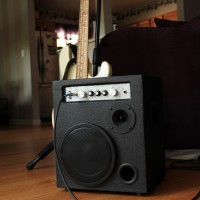
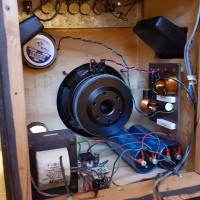
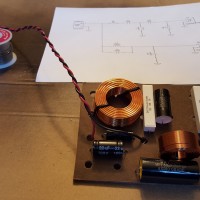
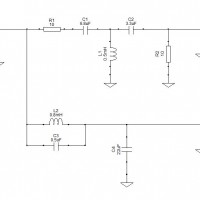
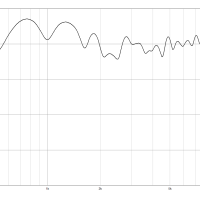
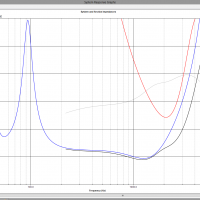
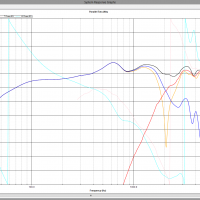
This looks great. This was the first project I read for information and format. Very nice.